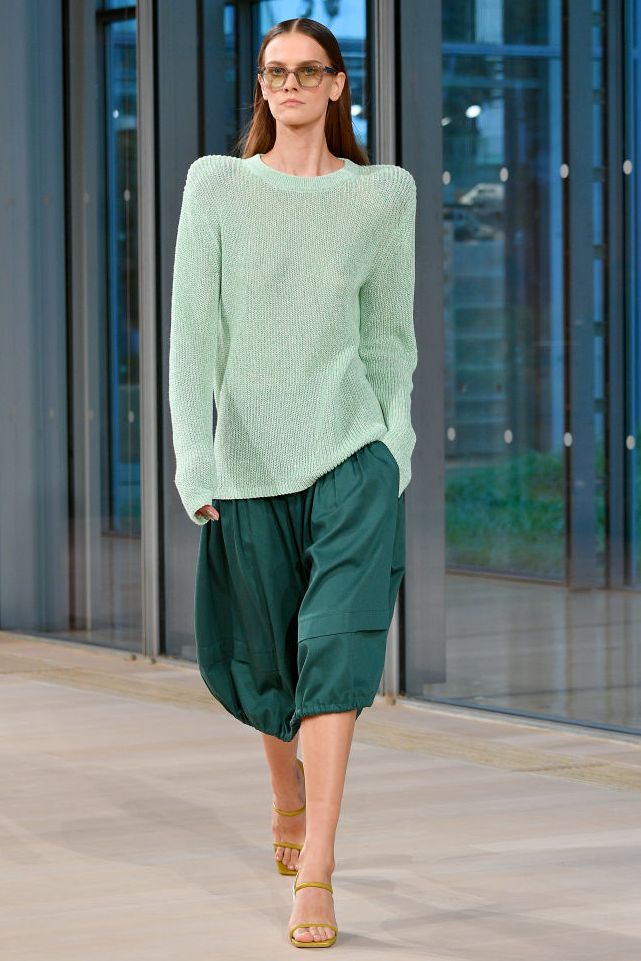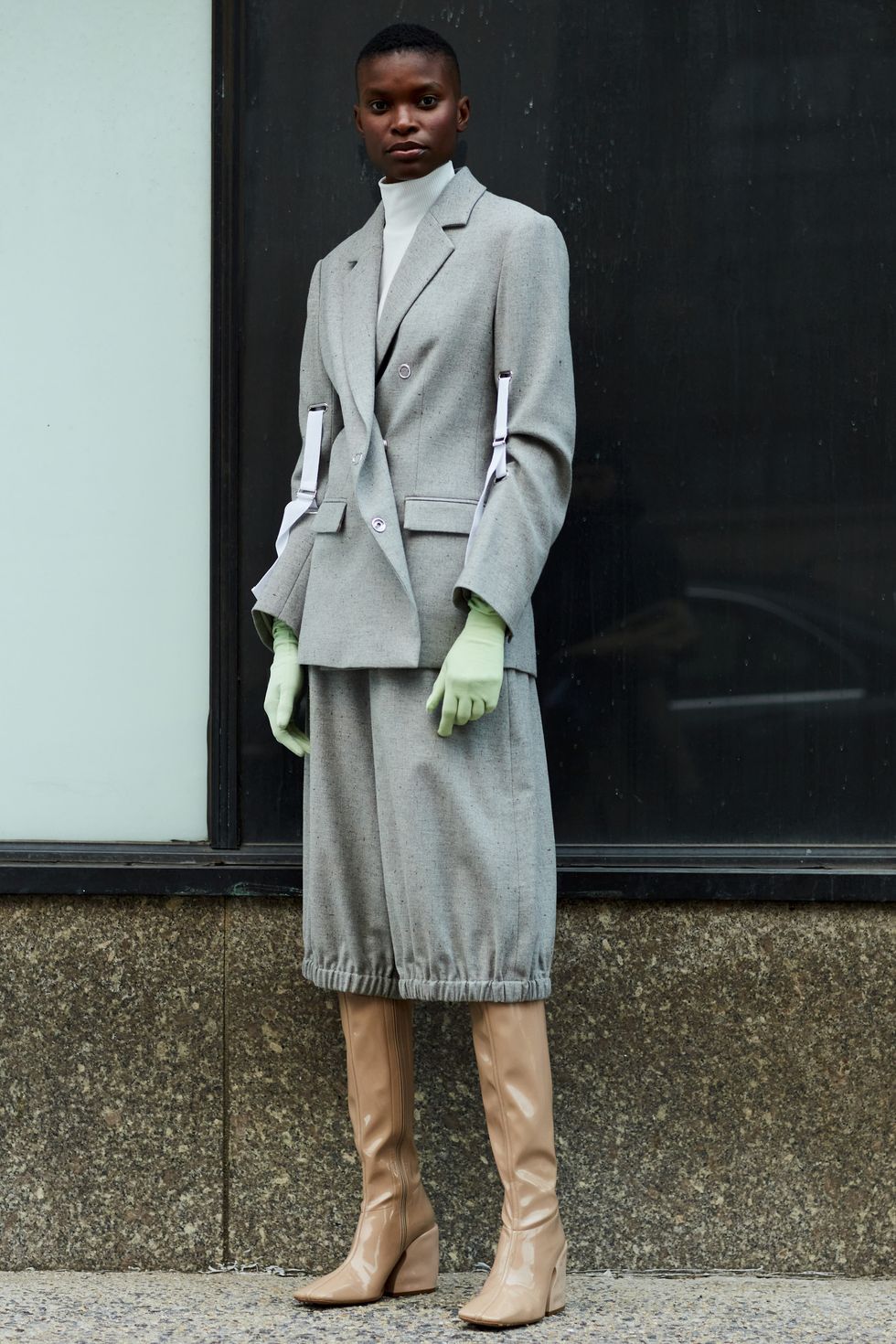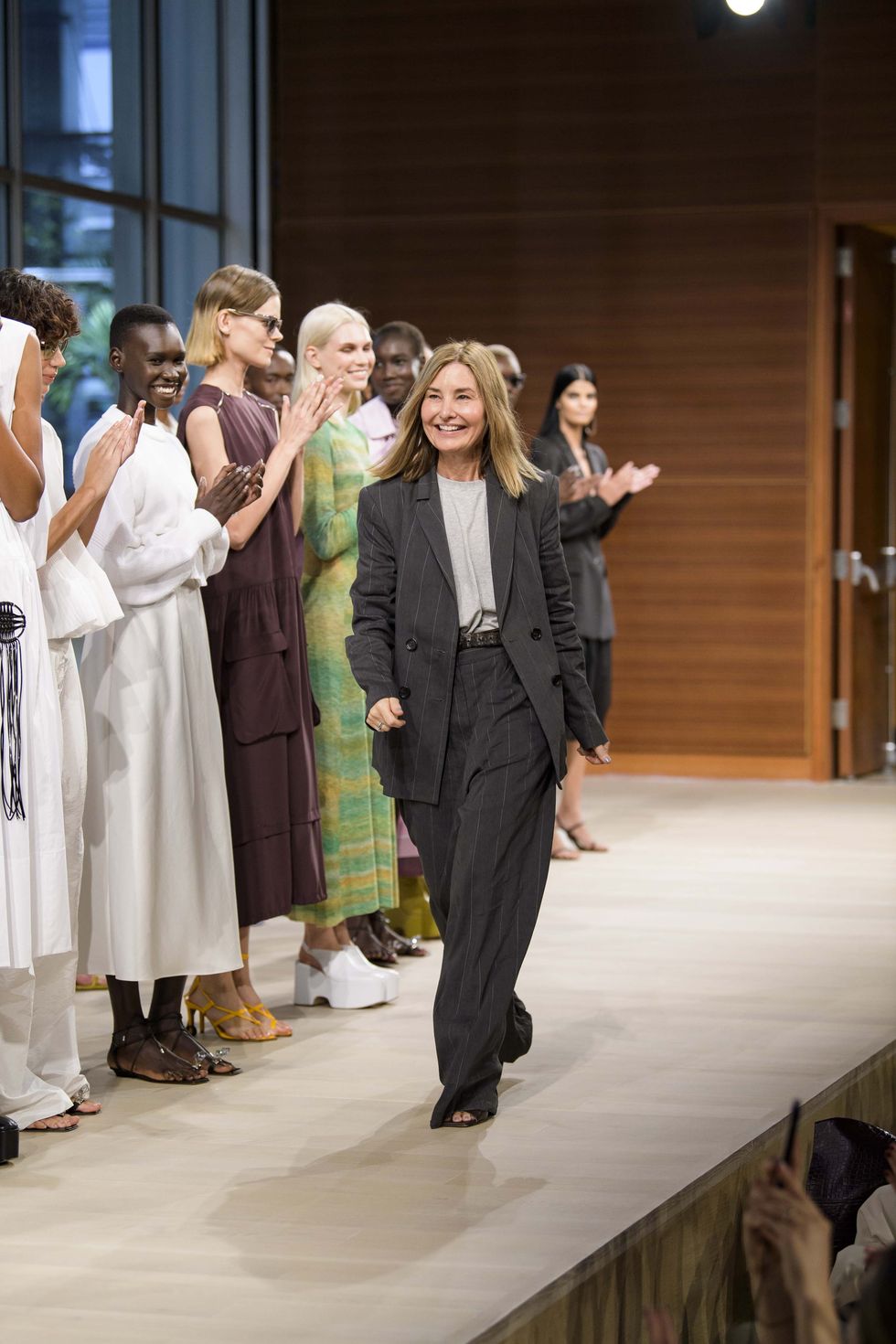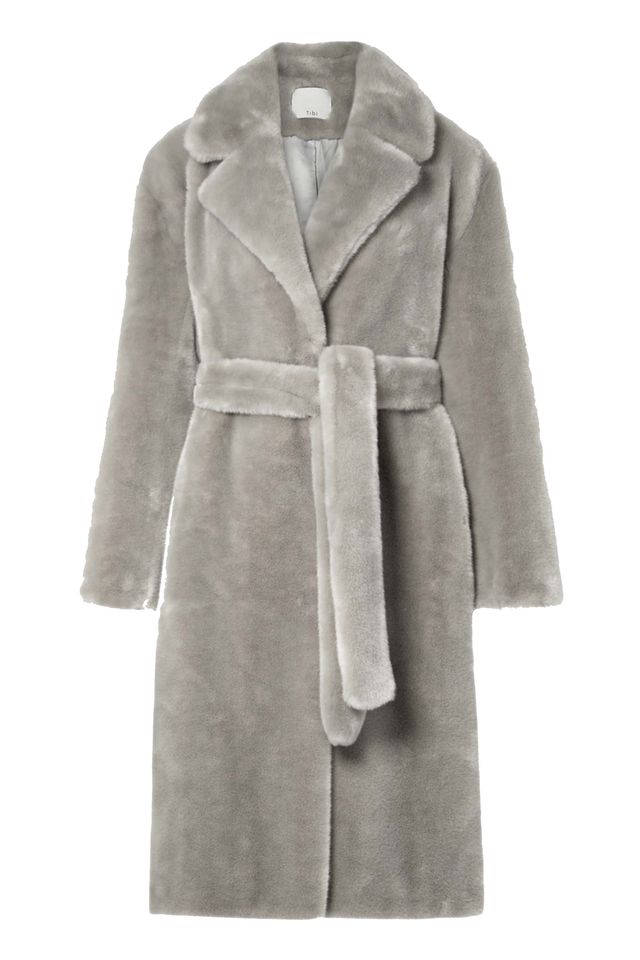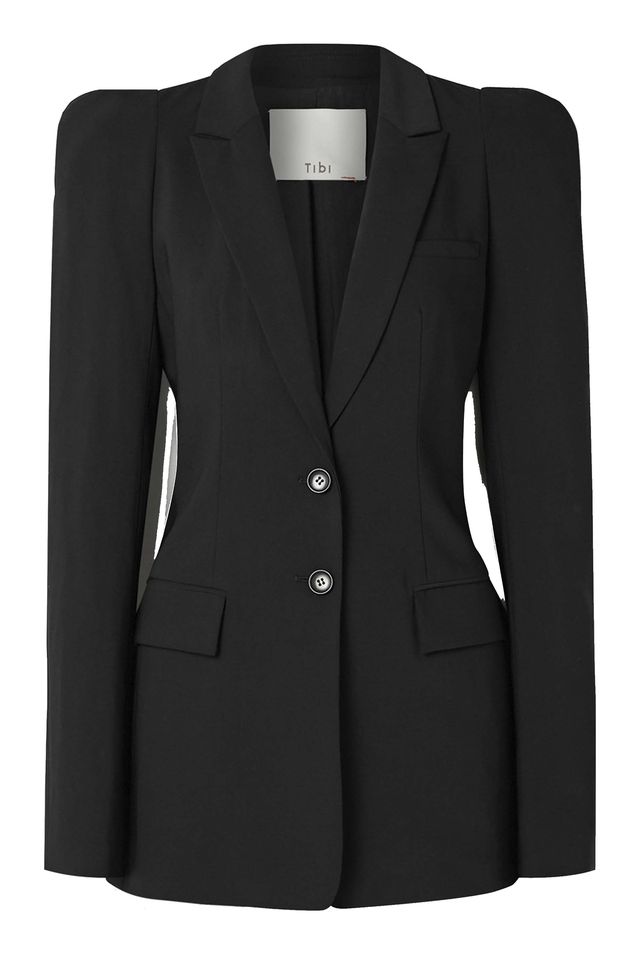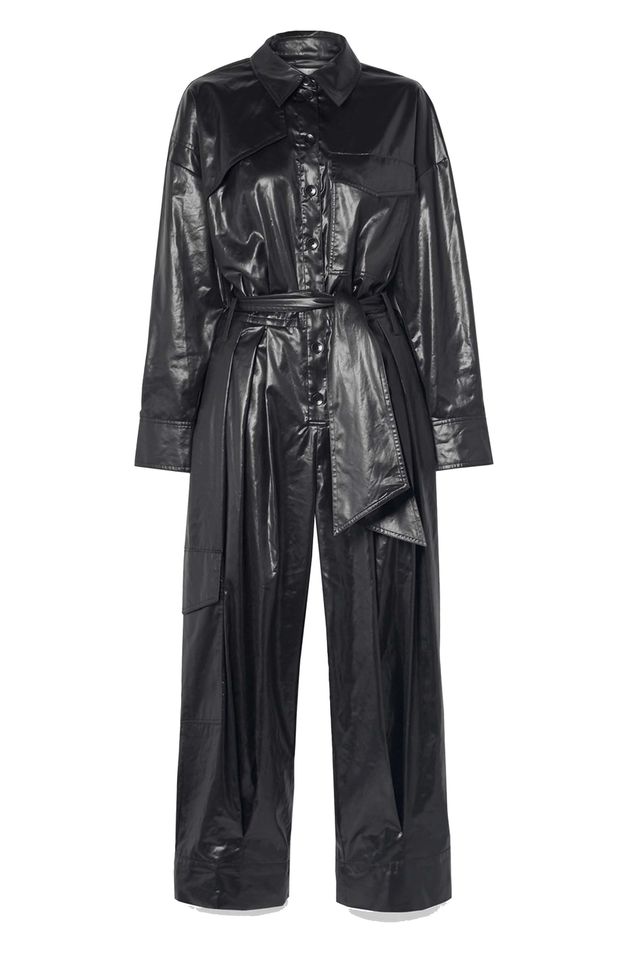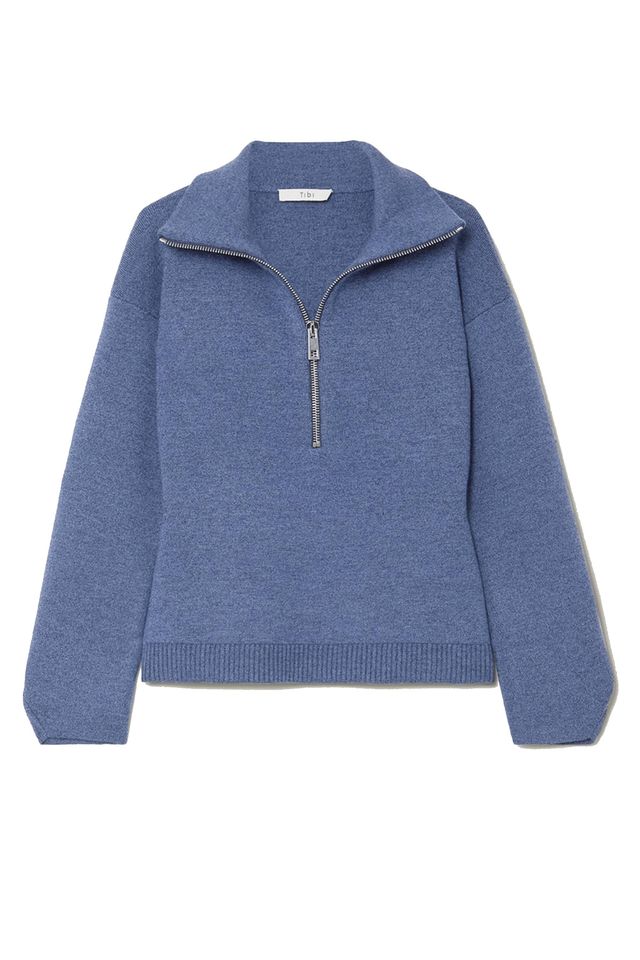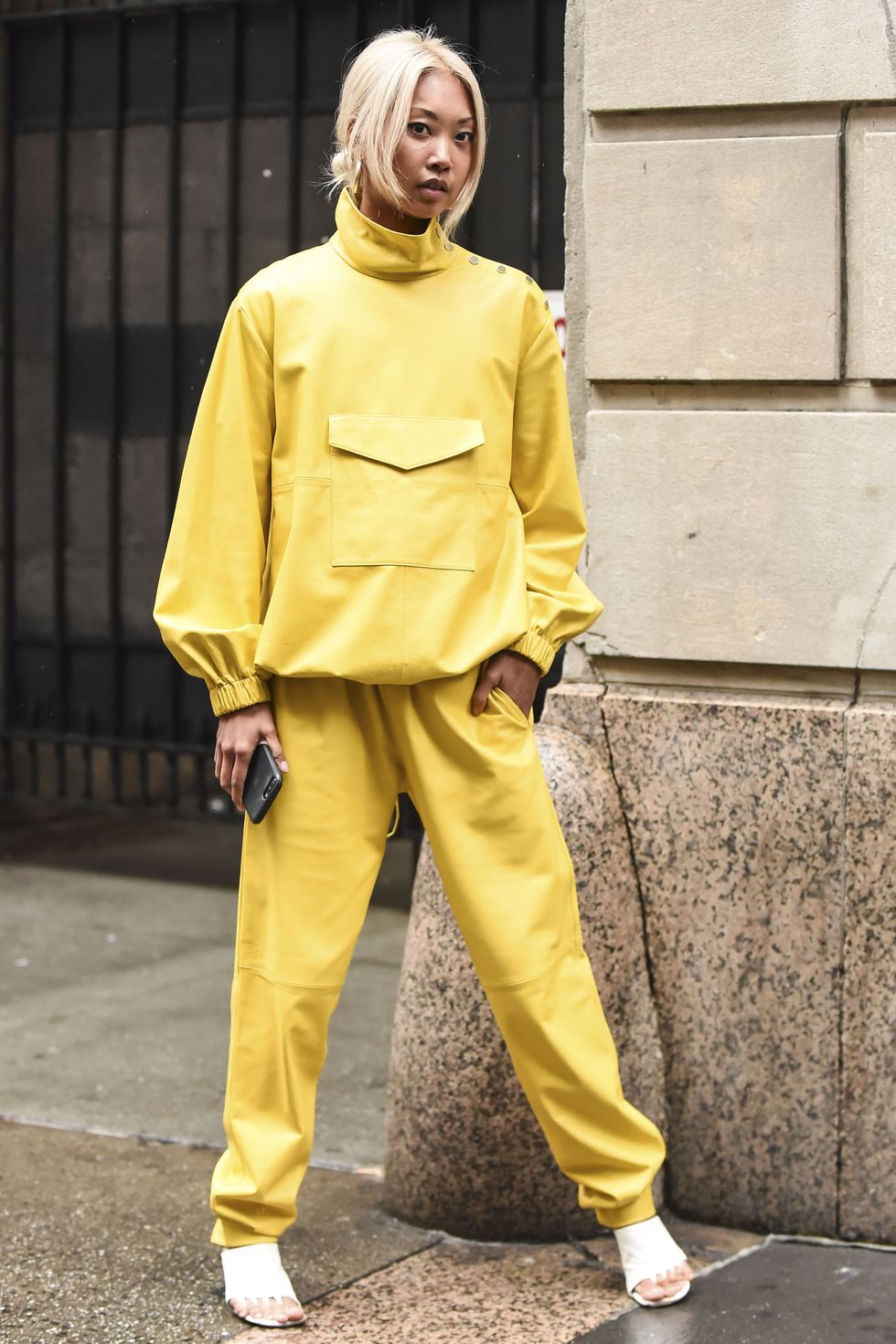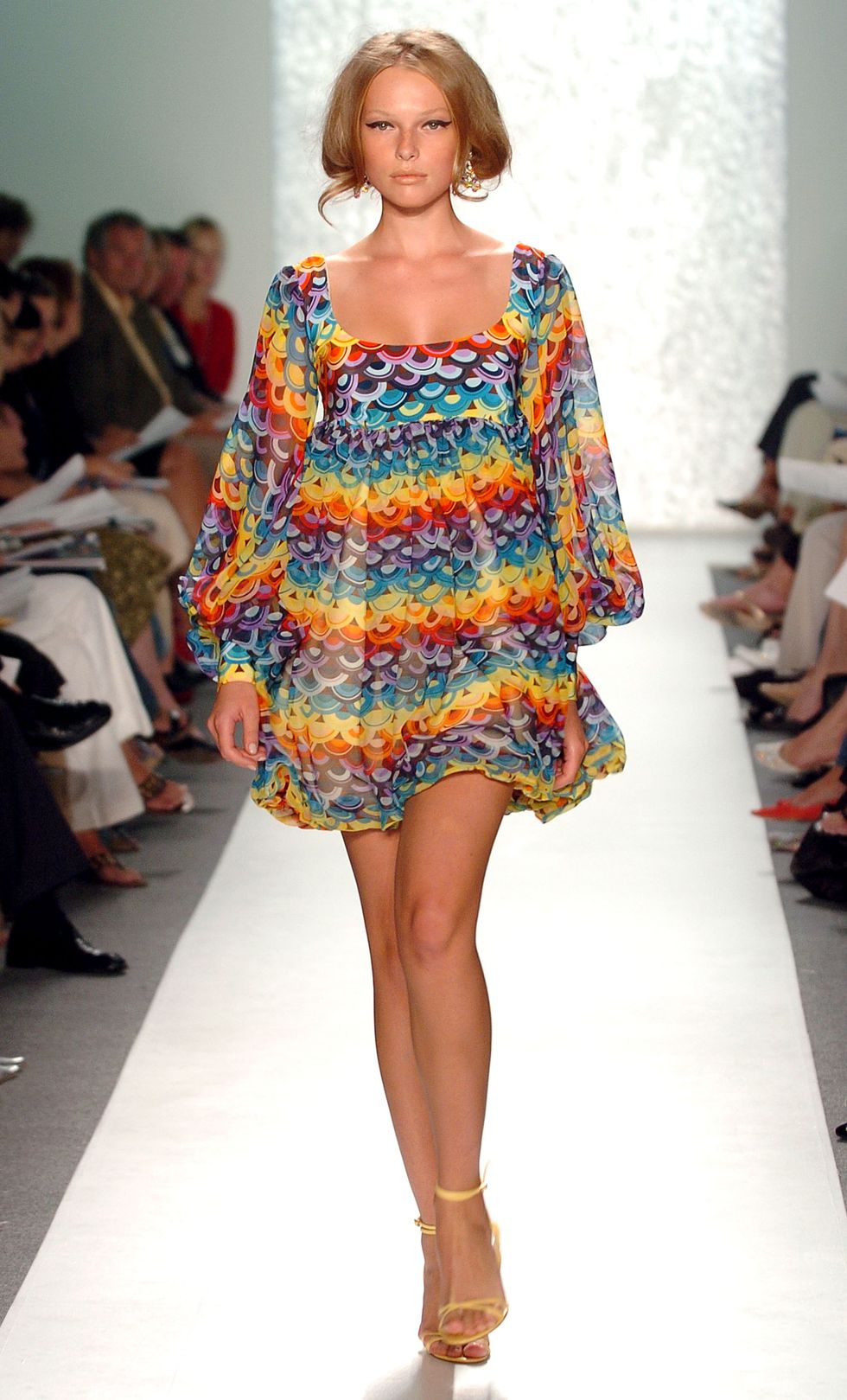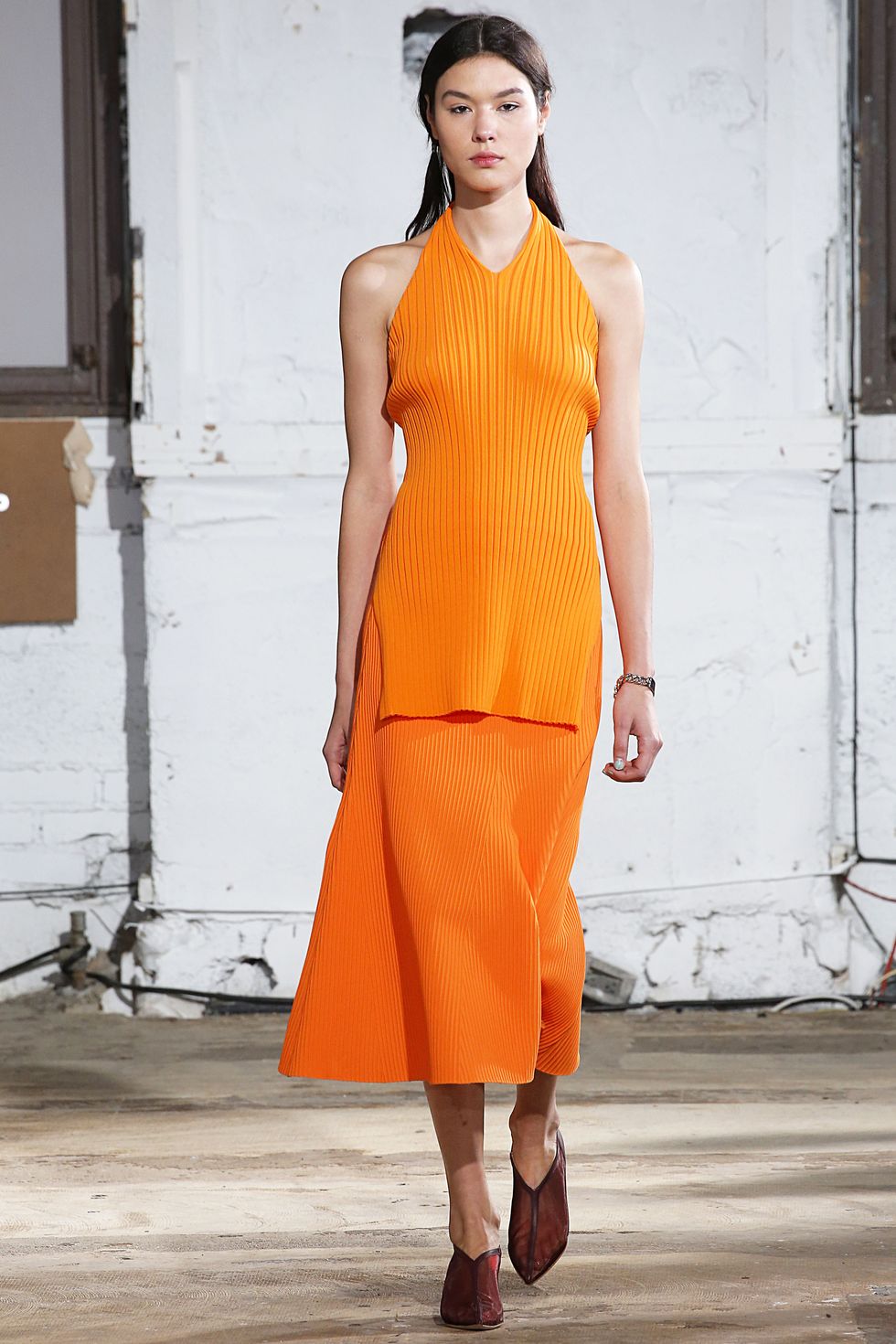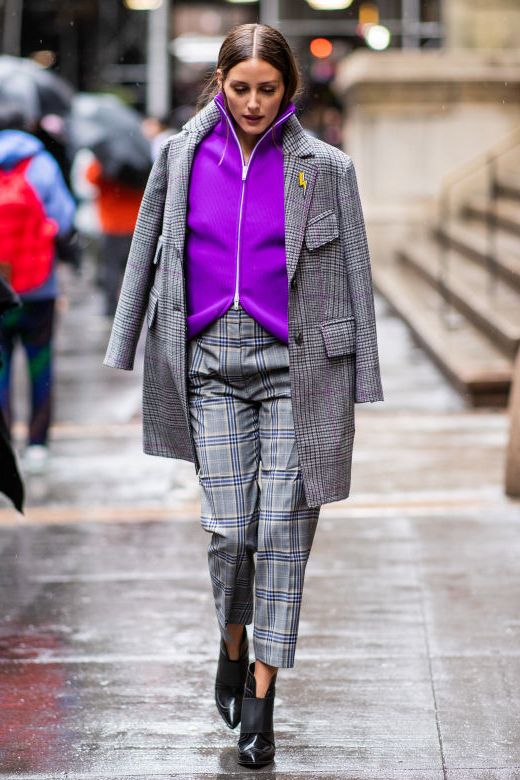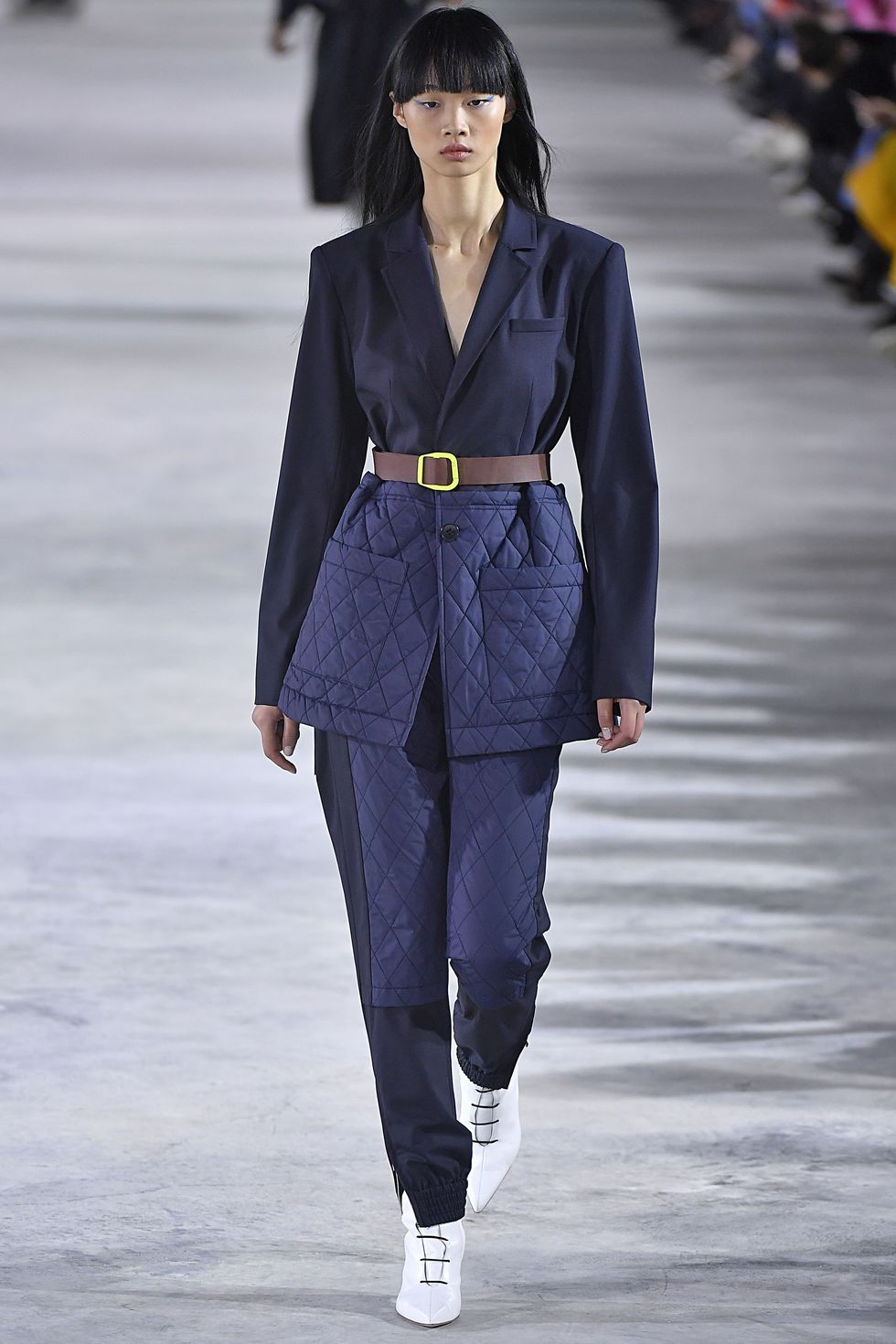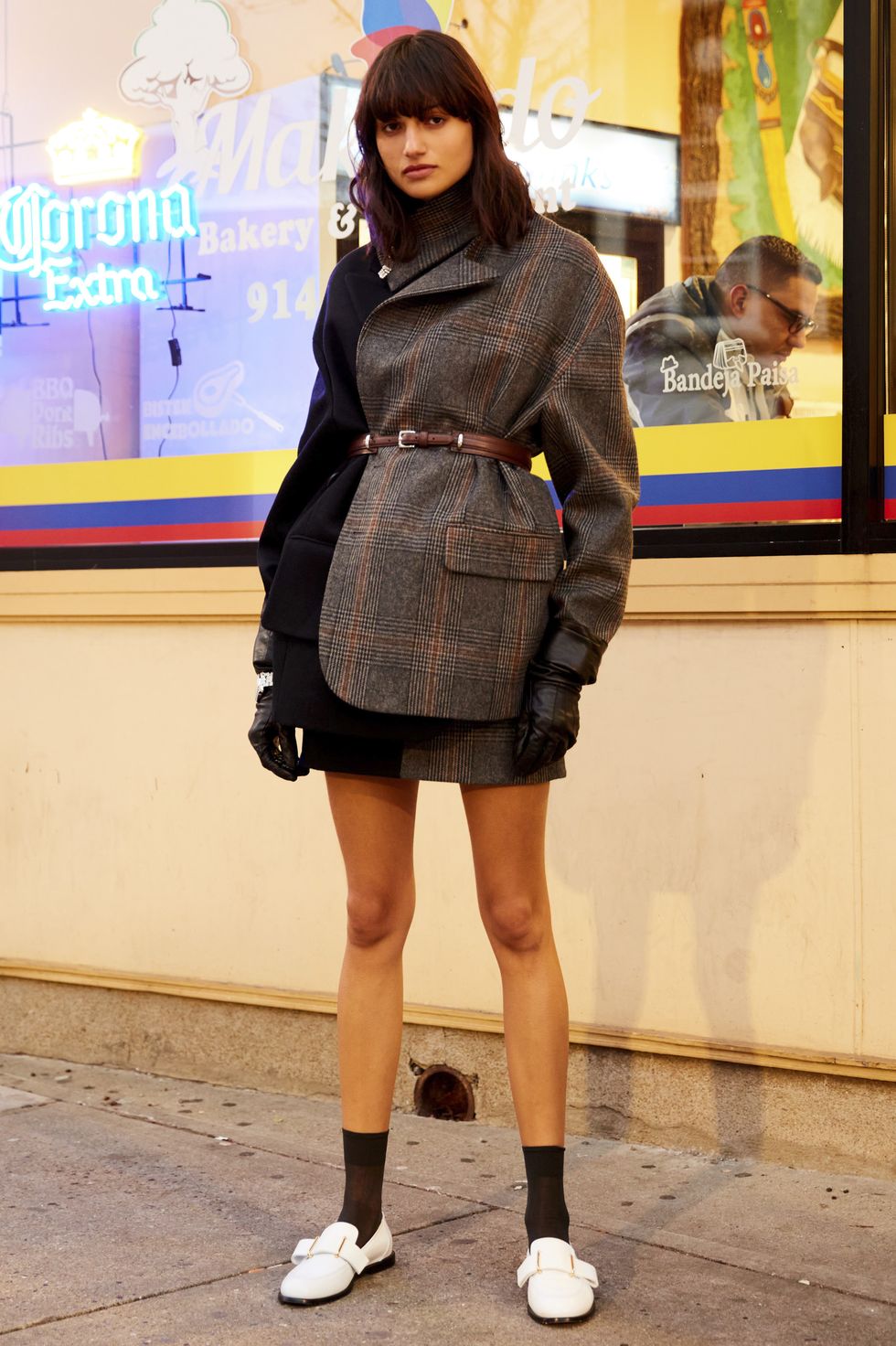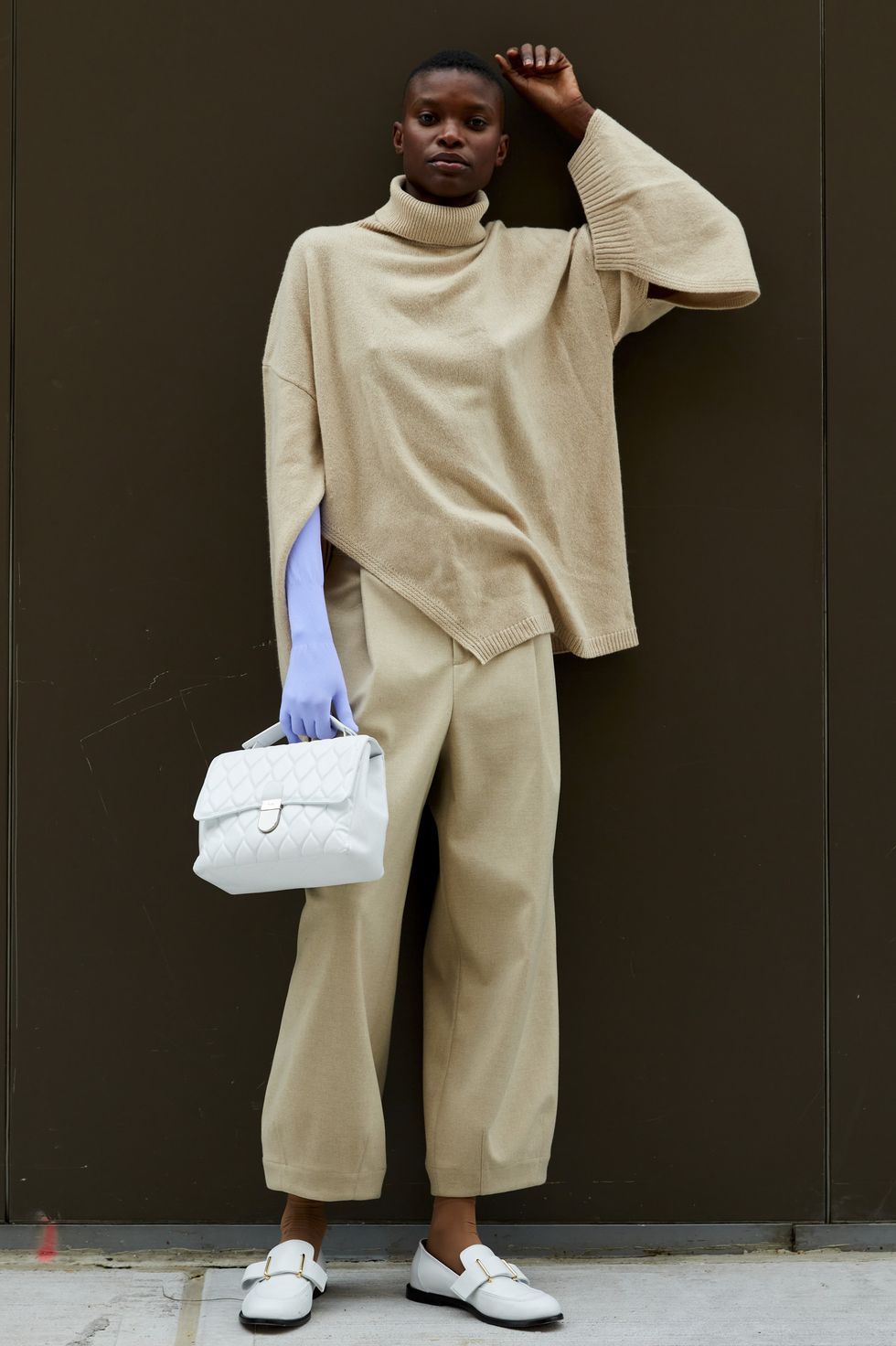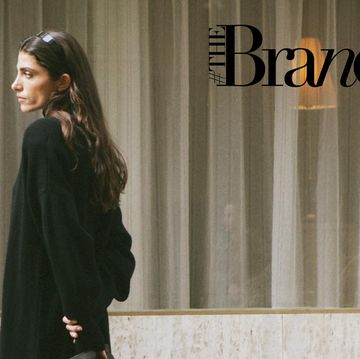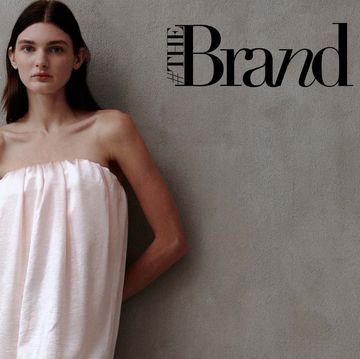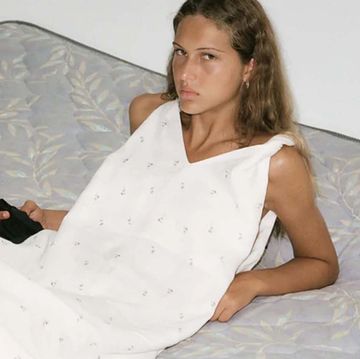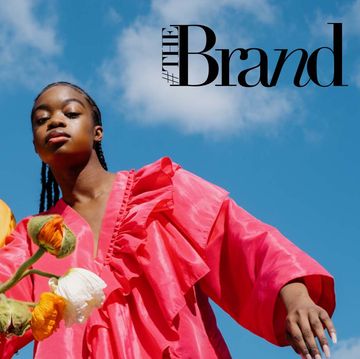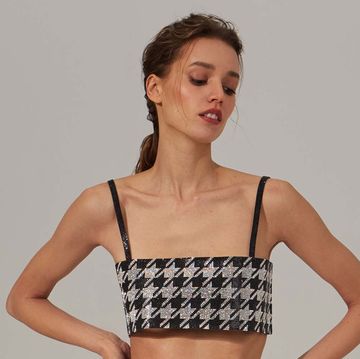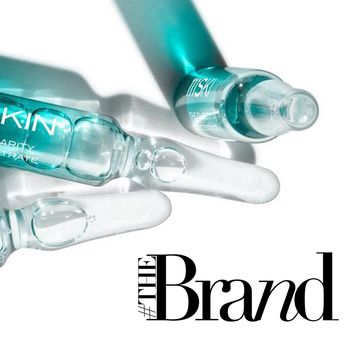Each week, we look into an exciting and innovative label that is taking the fashion world by storm in our regular feature #TheBrand. This time, we’re turning the spotlight on New York Fashion Week favourite Tibi.
Over 20 years ago, following a successful career in marketing and advertising, Amy Smilovic decided to try and fill a gap that she saw so clearly in the world of womenswear – high-quality, sophisticated clothing that was sold at contemporary prices.
“I started in 1997, so there was a huge gap in the market,” Smilovic tells us. “You either had luxury designer brands, affordable stores like Banana Republic or The Gap, or you had bridge collections (think DKNY, CK or Sportmax). There was nothing targeted to an individual who wanted to dress in a way that was young in spirit but with the sophistication of designer.”
What Smilovic aimed to do with Tibi was appeal to the woman who loved fashion, wanted to invest in quality, but was not able to buy a full wardrobe at the luxury designer end of the scale. While the ability to buy affordable designer or high-end mid-range is a given in fashion today (and is growing more and more), this was untouched ground at the end of the Nineties – and something that took off immediately.
Tibi grew rapidly, in part because there was nothing like it at the time, but also, Smilovic believes, because her unlikely experience (in marketing rather than fashion design, working at American Express rather than a fashion house) led to a unique understanding of how to position her brand and how to tell this story.
“At Ogilvy [an advertising and PR company], I was trained in all the great tools to reach a customer and how to position your story. At American Express, I was able to hone those marketing skills and to do it at a company that truly understands the luxury (or luxury-minded) consumer. Creating a marketing position and advertising pieces around my first collection was something I simply assumed you did. It made sense to me that whilst the clothes may be great, it wasn’t the only piece that should or could do the talking. Having a marketing programme around my first collection, unbeknownst to me, created the perception that the brand had been around for a while – and that it had far more than just two people at the helm.”
And, using the same reasoning she did when she set up her company, Smilovic taps into her own experience and her team’s frustrations as the basis for what they create. This was true when the label launched in 1997, and is true today, in each collection they send down that catwalk.
“The first step starts with a team discussion about what we are hating in our closet – what do we want to put away forever, or maybe just for a few seasons. And then, what do we want to keep? And, if we keep it, what can we add to it that when next season rolls around, it will feel new and completely modern. So, I suppose my first step of inspiration comes from frustrations in my own closet, discussions with my team and observing what our other team members in the office are wearing.”
This approach has always led to extremely wearable collections from Smilovic, but also that which is authentic to who she, or to who her team, is. This approach ran into some trouble a few years after launch, she says, when the brand became aligned in a way she didn’t feel was right.
“The brand started as an opportunity to fill the gap in the market place. At the time, I saw the collection as the outcome of whatever I was really feeling for the season. But, I fell into the trap that so many designers do when you have a super runaway hit. You become pigeonholed.
“A few years in, I created a line of printed scarf skirts and they flew off the shelves, literally. I became the ‘loud printed brand’. Something that I was in the mood for just one season suddenly became the brand’s identity. Being known for loud, fun prints served me very well – until there was a reduction in demand for prints coupled with consumers desiring brands that have a strong and authentic point of view. It was hard for me to be authentic, as the brand at the time was not representing mine or my head of design’s true aesthetic and what we loved.”
There was another problem. The high street was growing rapidly and consumers were suddenly able to buy trend-led pieces at more and more affordable prices.
“Fast fashion was roaring onto the scene and the gap between pricing in the contemporary market and fast fashion was not wide enough to justify the higher prices the consumer was paying for with contemporary. The quality of fast fashion was close enough for someone to trade down easily. For me, the writing was on the wall – either change and survive, or wither away. In this case, change meant starting fresh and creating what I, and my head of design, Traci, truly loved. For me, the decision was easy to make. The execution of it took a while, but I’ve never looked back.”
Nowadays, Tibi is renowned for its polished yet easy-to-wear aesthetic with stylish women including Olivia Palermo, Karlie Kloss, Priyanka Chopra and Charlize Theron consistently turning to the brand. Nailing this elevated-yet-effortless style is the ultimate aim for many women and Smilovic consistently tries to deliver this for the Tibi customer.
“I describe my style as one that attracts a creative pragmatist – someone who looks to clothing to express their creativity, but pragmatically speaking, it has to function in all the areas of their life. For me, it’s all about the balance. The Holy Grail I strive for is to be utterly relaxed but put together at the same time. Standing out while fitting in, to have balance is to hit right in that middle sweet spot. If you’re wearing a big loose pant, the jacket is a bit slimmer. If the shirt is loose and flowy, then maybe the pants have more rigour to them. A super feminine skirt means you pair it with a men’s tailored blazer. It’s the balance that always makes low-key work.”
This polished, pulled-together, not trend-led aesthetic, which Tibi has become renowned for, is very in-keeping with the message of today, where future classics and easy-to-wear products are taking centre stage in favour of one-season hits. This new approach to shopping in an age of sustainability, Smilovic explains, has been very beneficial to her business model.
“What I have found is that there is a desire among customers to be smart in how they shop and that the desire has grown stronger now that it is clearly linked to sustainability. Buying less and buying smarter makes sense especially to someone who is pragmatic. I know it is a relief to customers that we are actually telling them to buy less.”
And, while it is a relief to her customer, these changes have also meant that Tibi can finally function as a business in the manner Smilovic always hoped it would.
“Sustainability has allowed us to design the way we have always wanted to design,” she says. “In the past, you had a merchandising team and a department store demanding that you create hundreds of styles, often so they could choose just a handful. I was always resistant to this but it was an exhausting argument. Now, there is no more argument. It is understood that it is the smart way to do things. And if you are going to be tight on your collection, when pieces can be worn across different continents and different seasons, it’s even more imperative. I’ve always sold to Australia and to America in the same deliveries, so I’ve always had to have a strong eye toward seasonless.”
As the fashion industry transforms dramatically in front of our eyes, it feels as if Smilovic is eagerly embracing this change. Switching to a smaller presentation setting for AW20 – “For us, it was a collection that I thought would be better told in an intimate setting at our store. Next season, who knows?” – channeling a new way of working that doesn’t require so many ideas for the sake of it, and as a consequence, moving into a more sustainable space. Smilovic says that this is a natural move for the brand, they are following their instincts, which is what they have always done and is the reason behind their continued success.
“Standing out is hard, but the best that I can do is really be clear about who we are, and make sure that every piece is something that we love and are proud of. If you speak to a lot of designers, they will talk about their clothing in terms of what they’re designing for ‘this’ woman or ‘this’ man. At Tibi, we, the team, are the customers. We all have very active and diverse lifestyles and represent a broad range of people from age to race. So, you stand out by being yourself and being clear about who you are. We do not chase trends or read merchandising reports on what colours are in or out. We really follow our own lead and it has served us well.”

